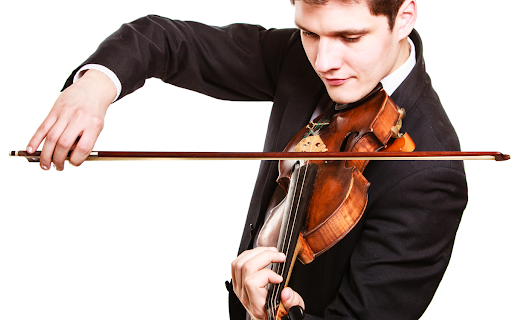Introduction
Bowing techniques for violinists are fundamental to mastering the art of playing the violin. With its rich history and nuanced demands, the violin requires a deep understanding and proficiency in various bowing techniques to unlock its full potential. This comprehensive guide explores the intricacies of bowing techniques, offering insights and tips to help violinists refine their skills and elevate their performances.
Part 1: Understanding the Bow
The Anatomy of the Bow
To grasp bowing techniques effectively, it’s essential to understand the components of the bow. These include the stick, frog, screw, hair, and tip. Each part plays a crucial role in producing different tones and articulations.
Bow Hold
A proper bow hold lays the foundation for fluid and controlled bowing. Whether using the Russian, Franco-Belgian, or Galamian grip, maintaining a relaxed yet firm grip is key to executing various bowing techniques with precision.
Bowing Arm
The bowing arm’s movement determines the dynamics, articulation, and expression of a violin performance. Mastering the coordination between the arm, wrist, and fingers is vital for producing a smooth and consistent sound across different bowing techniques.
Rosin Application
Rosin enhances the friction between the bow hair and strings, allowing for better sound production. Understanding the appropriate amount and frequency of rosin application is essential for achieving optimal bowing performance.
Part 2: Basic Bowing Techniques
Full Bow Stroke
The full bow stroke involves drawing the bow across the entire length of the strings from frog to tip or vice versa. This technique is foundational and helps violinists develop control, tone production, and dynamic range.
Half and Quarter Bow Strokes
Half and quarter bow strokes are essential for executing shorter and lighter passages with precision and clarity. Mastering these techniques enables violinists to navigate intricate passages and achieve nuanced expressions.
Spiccato
Spiccato involves bouncing the bow lightly on the strings to produce short, detached notes. Developing a relaxed wrist motion and finding the balance between bow pressure and bounce are key to mastering this lively and agile bowing technique.
Staccato
Staccato requires a controlled lifting and dropping motion of the bow to articulate separate, short notes. Focus on finger and wrist flexibility, as well as bow speed and pressure, to achieve crisp and precise staccato articulations.
Part 3: Advanced Bowing Techniques
Col legno
Col legno, or “with the wood,” involves striking the strings with the wooden part of the bow. This technique adds a unique timbre to the sound and requires careful coordination and control to achieve desired effects without damaging the bow or strings.
Tremolo
Tremolo creates a rapid, trembling effect by quickly oscillating the bow on the strings. Developing a relaxed yet controlled bowing motion and maintaining even spacing between notes are essential for achieving a smooth and expressive tremolo.
Sul tasto and Sul ponticello
Sul tasto involves bowing closer to the fingerboard to produce a soft and ethereal sound, while sul ponticello involves bowing near the bridge for a bright and glassy tone. Experimenting with bow placement and pressure allows violinists to explore the sonic possibilities of these techniques.
Col legno battuto
Col legno battuto, or “with the wood beaten,” involves tapping the strings with the wood of the bow stick to produce percussive effects. Careful control and precision are necessary to execute this technique effectively while preserving the integrity of the bow.
Part 4: Artistic Expression Through Bowing Techniques
Dynamics and Expression
Bowing techniques serve as a vehicle for expressing dynamics and emotions in violin music. Understanding how bow speed, pressure, and contact point influence volume and intensity empowers violinists to convey a wide range of musical expressions.
Vibrato and Bowing
Integrating vibrato with bowing techniques enhances the expressiveness and warmth of violin performances. Experimenting with different vibrato speeds and widths while maintaining consistent bow control adds depth and character to musical phrases.
Articulation and Phrasing
Articulation refers to the clarity and distinctness of notes, while phrasing involves shaping musical phrases for coherence and expression. Mastering bowing techniques enables violinists to articulate notes crisply and shape phrases dynamically, breathing life into musical interpretations.
Bowing in Different Styles and Genres
From classical to jazz, folk, and beyond, bowing techniques vary across different musical styles and genres. Adapting bowing techniques to suit the stylistic demands of various repertoire enriches musical interpretations and expands the versatility of violinists.
Conclusion
Continuous Growth and Exploration
Bowing techniques are a lifelong journey for violinists, requiring dedication, practice, and a spirit of exploration. By mastering fundamental techniques, exploring advanced skills, and embracing artistic expression, violinists can unlock new dimensions of musicality and captivate audiences with their performances.
